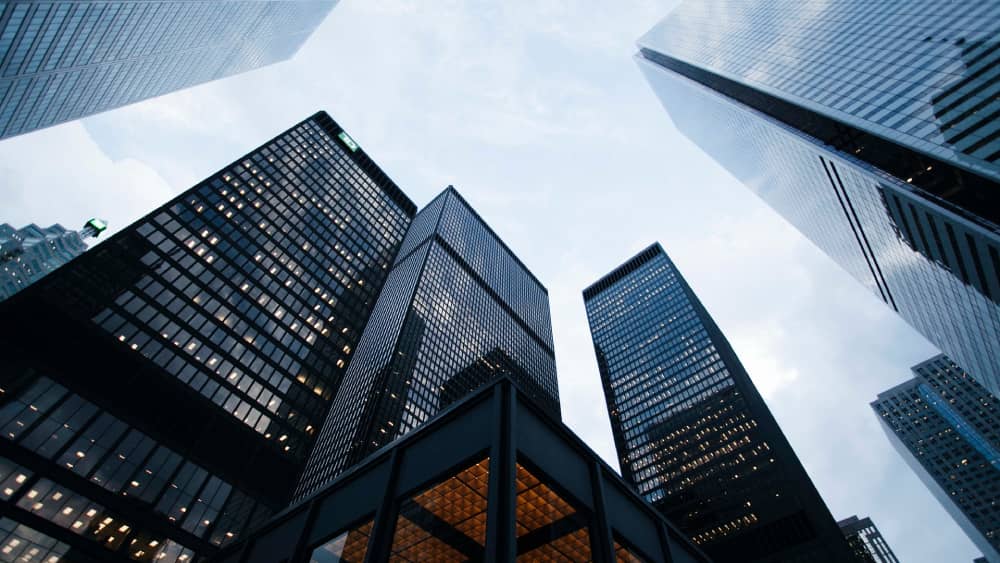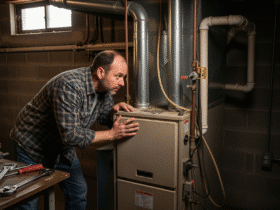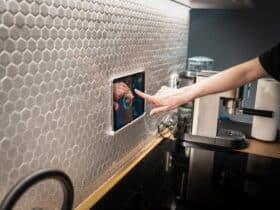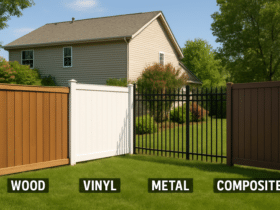
High-rise buildings present complex challenges due to their vertical scale, requiring the expertise of skilled plumbers and engineers. These challenges include maintaining consistent water pressure, accounting for thermal expansion in plumbing materials, preventing pipe bursts caused by pressure differences, and efficiently managing high volumes of wastewater. Plumbers play a critical role in addressing safety concerns such as backflow prevention, ensuring seismic resilience, and designing systems to handle fluctuating demand across floors. A critical design consideration is zoning systems dividing a building into pressure zones to prevent over-pressurization and ensure efficient water delivery. Additionally, taller structures require advanced fire suppression systems integrated into the plumbing network.
An often-overlooked challenge in plumbing in high-rise buildings is thermal dynamics across height extremes. In skyscrapers, temperature variations between water entering at ground level and its eventual usage on upper floors can lead to issues such as thermal stratification in pipes and uneven hot water delivery. Building movement due to wind or seismic activity also demands flexible piping systems, dynamic joints, and robust anchors to prevent leaks or ruptures. Emergency systems, such as ensuring rapid water availability for fire suppression, involve balancing high storage capacity with structural load limitations and space constraints.
Designing Efficient Plumbing for Skyscrapers
Designing plumbing systems for skyscrapers revolves around managing water pressure, space constraints, and material durability. Balancing water pressure is crucial to prevent overloading lower floors while delivering adequate pressure to upper levels. Space constraints require careful allocation for vertical risers, pumps, and tanks within compact building cores. Water quality is another vital consideration, achieved through proper pipe material selection and anti-siphon measures. Energy-efficient systems, such as heat recovery from wastewater, are increasingly incorporated to reduce operational costs and environmental impact.
To prevent airlocks and water hammers in drainage pipes caused by significant height differences, engineers must employ innovative system designs. Material selection is also critical, requiring pipes that can withstand high pressure, temperature fluctuations, and potential corrosion over time. These considerations are essential for efficient plumbing in high-rise buildings.
Ensuring Water Pressure Consistency in Tall Structures
Maintaining consistent water pressure in high-rise buildings involves:
- Pressure Zoning: Dividing buildings into vertical zones with booster pumps and pressure-reducing valves to manage pressure efficiently.
- Variable Frequency Drive (VFD) Pumps: Adjusting pump speeds based on demand, reducing energy consumption while maintaining consistent pressure.
- Gravity-Assisted Systems: Using rooftop or intermediate storage tanks to leverage gravity for natural pressure regulation.
- Hydraulic Modeling: Simulating water flow to identify and resolve potential issues before installation.
- Regular Maintenance: Monitoring pump efficiency and valve function to ensure long-term reliability.
These strategies are integral to the success of plumbing in high-rise buildings.
Innovative Drainage Systems for High-Rise Architecture
Modern skyscrapers prioritize health, safety, and efficiency in drainage design. Negative pressure drainage systems are increasingly adopted to eliminate foul odors, reduce bio-aerosols, and prevent pathogen spread lessons emphasized by the COVID-19 pandemic. Advanced Computational Fluid Dynamics (CFD) modeling helps engineers predict complex wastewater flows in high-rise stacks, addressing issues such as siphoning or turbulent flow.
Vacuum drainage technology is another innovation, allowing systems to operate in less space while using minimal water compared to traditional methods. This is especially advantageous in buildings with limited available space for plumbing infrastructure. High-rise plumbing systems must incorporate these technologies to meet modern standards.
Sustainable Practices in High-Rise Plumbing
Energy-efficient and sustainable practices are vital for minimizing operational costs and reducing environmental impact. Greywater recycling systems treat and reuse water for non-potable purposes, while rainwater harvesting systems reduce reliance on municipal supplies. Heat recovery systems extract energy from wastewater to preheat water, cutting energy consumption significantly. Smart water management systems detect leaks, optimize flow, and provide real-time data for efficient operation. Many high-rise buildings aim for green certifications like LEED, incorporating sustainable practices that enhance property value and tenant satisfaction.
Sustainable plumbing in skyscrapers contributes not only to environmental conservation but also to long-term cost efficiency.
Modern Technologies Shaping High-Rise Plumbing Systems
Modern high-rise plumbing systems leverage advanced technologies to improve performance and efficiency:
- IoT-Enabled Sensors: Used for leak detection, water quality monitoring, and performance optimization.
- Self-Healing Pipe Materials: Automatically seal minor leaks, enhancing system durability.
- Vacuum Drainage Systems: Minimize water usage and reduce space requirements.
- Pneumatic-Assisted Pressure Systems: Improve drainage efficiency.
- AI-Driven Water Management Systems: Analyze usage patterns to predict demand and optimize energy consumption.
- Microturbines: Capture kinetic energy from flowing water to generate electricity for building systems.
These advancements underscore the importance of integrating modern technologies into the plumbing in high-rise buildings to meet evolving demands.
Real-World Innovations in High-Rise Plumbing
The Marina Bay Sands in Singapore exemplifies innovation with its dual-mode water system that integrates rainwater harvesting and desalination for non-potable use, significantly reducing water consumption. Its vacuum drainage system supports the building’s complex multi-level design while using 80% less water than traditional systems. Similarly, The Edge in Amsterdam employs IoT-enabled plumbing systems to optimize water flow and temperature based on real-time occupancy data. The building also converts organic waste from its greywater system into biogas, showcasing a cutting-edge approach to sustainability.
These examples highlight how advancements in plumbing in skyscrapers are shaping the future of high-rise architecture.








